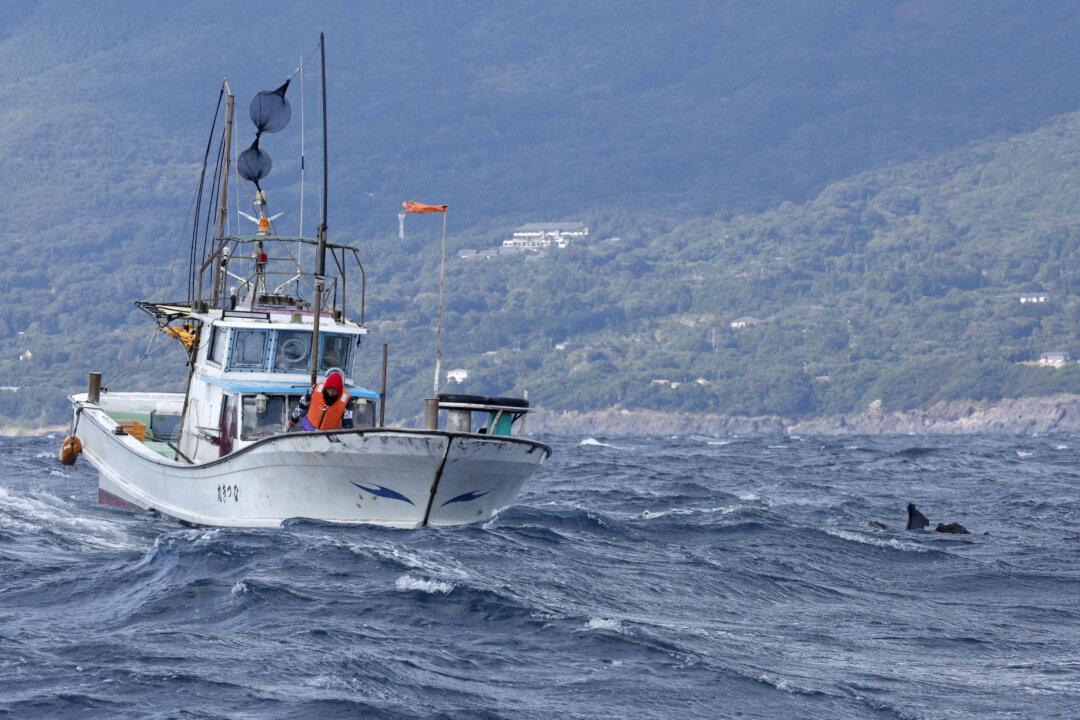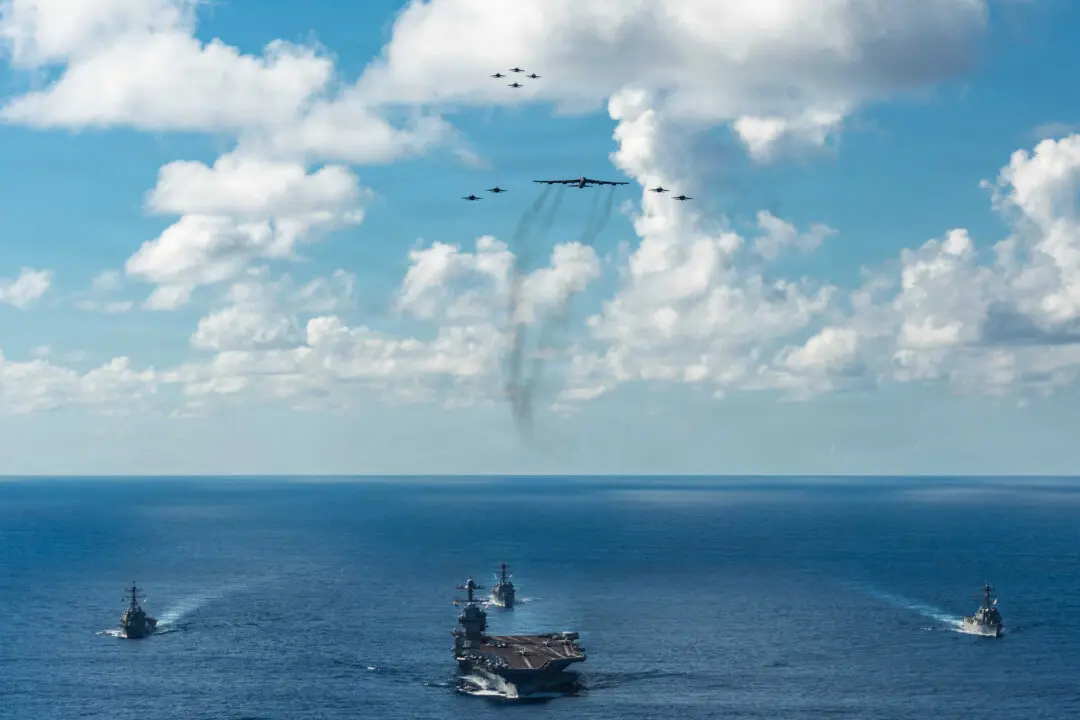Search and rescue teams have recovered the remains of one U.S. Air Force Airman who was aboard a CV-22B Osprey that crashed off the coast of Japan on Nov. 29, but are still searching for seven additional Airmen who were on board the aircraft at the time of the crash.
“Seven Airmen are in DUSTWUN status meaning ‘duty status-whereabouts unknown.’ At this time, we can confirm one set of remains has been recovered,” the Air Force Special Operations Command (AFSOC) announced in a press release on Friday, Dec. 1.





